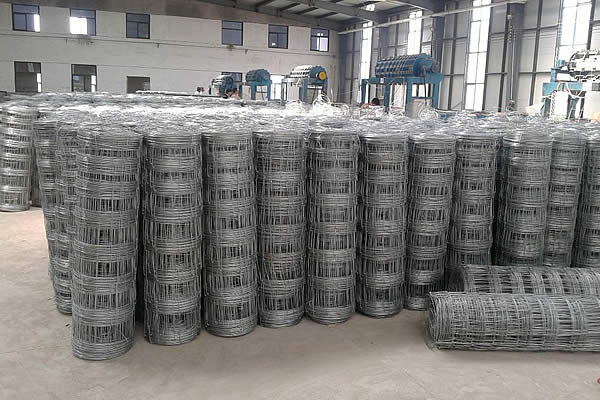 TEL:
+86-13102802206
TEL:
+86-13102802206
 Email:
fencenetting@china.com
Email:
fencenetting@china.com
 Language
Language
 TEL:
+86-13102802206
TEL:
+86-13102802206
 Email:
fencenetting@china.com
Email:
fencenetting@china.com
 Language
Language


The Use of Barbed Wire in Pig Farming Benefits and Considerations
Barbed wire is a common fencing material used in agriculture, especially in pig farming. Its application is critical for maintaining secure enclosures that ensure the safety of pigs while protecting them from predators and preventing them from escaping. This article explores the benefits of using barbed wire for pigs, along with some considerations that farmers should keep in mind.
Benefits of Barbed Wire for Pig Farming
1. Security and Containment One of the primary advantages of barbed wire is its effectiveness in containing livestock. Pigs are known for their curious and sometimes mischievous nature, and they can easily escape enclosures if not adequately secured. Barbed wire provides a formidable barrier that discourages pigs from attempting to push or dig their way out. Additionally, it helps to keep out potential predators, such as wild animals, ensuring the safety and well-being of the pigs.
2. Cost-Effectiveness Barbed wire is generally more affordable than other fencing alternatives, such as wooden fences or electric fencing. In large pig farming operations where extensive areas need to be secured, the cost savings associated with barbed wire can be significant. Its durability also means that, with proper installation and maintenance, it can last for many years, reducing the need for frequent replacements.
3. Versatility Barbed wire is highly versatile and can be used in various configurations depending on the specific needs of the farm. For instance, farmers can choose to install multiple strands of barbed wire to create a taller and more secure fence. Additionally, it can be used in combination with other types of fencing to enhance security further.
4. Low Maintenance Once installed, barbed wire requires minimal maintenance compared to other fencing types. Periodic inspections to check for rust, loose strands, or any damage are typically sufficient to keep it in good condition. This low maintenance requirement allows farmers to focus on other critical aspects of their operations.
Considerations When Using Barbed Wire

Despite its many benefits, there are several considerations that farmers should be aware of when using barbed wire for pig enclosures.
1. Animal Safety While barbed wire effectively contains pigs, it's essential to use it carefully to prevent injuries. Pigs are curious creatures and may accidentally injure themselves on sharp barbs. To mitigate this risk, farmers should ensure that the wire is installed at a sufficient height and that pigs are not left unsupervised in areas where they can come into contact with the wire.
2. Legal Regulations Fencing regulations can vary by region, and it's crucial for farmers to be aware of local laws concerning the use of barbed wire. In some areas, there may be restrictions on the height and type of fencing that can be used, particularly if the farm is located near residential areas.
3. Aesthetic Concerns While practical, barbed wire might not be the most visually appealing option, particularly in areas where aesthetics are important. Farmers should consider the visual impact of barbed wire fencing and whether it fits with the overall appearance of their property.
4. Potential for Escapes While barbed wire can deter pigs from escaping, it is not foolproof. Farmers must remain vigilant and periodically inspect their fencing to ensure that no gaps or weaknesses have developed that could allow pigs to escape.
Conclusion
Barbed wire remains a popular choice for pig farming due to its effectiveness, cost-efficiency, and ease of maintenance. However, farmers must carefully consider the safety of their animals and stay informed about local regulations. By balancing security with animal welfare, farmers can create secure and safe environments for their pigs.